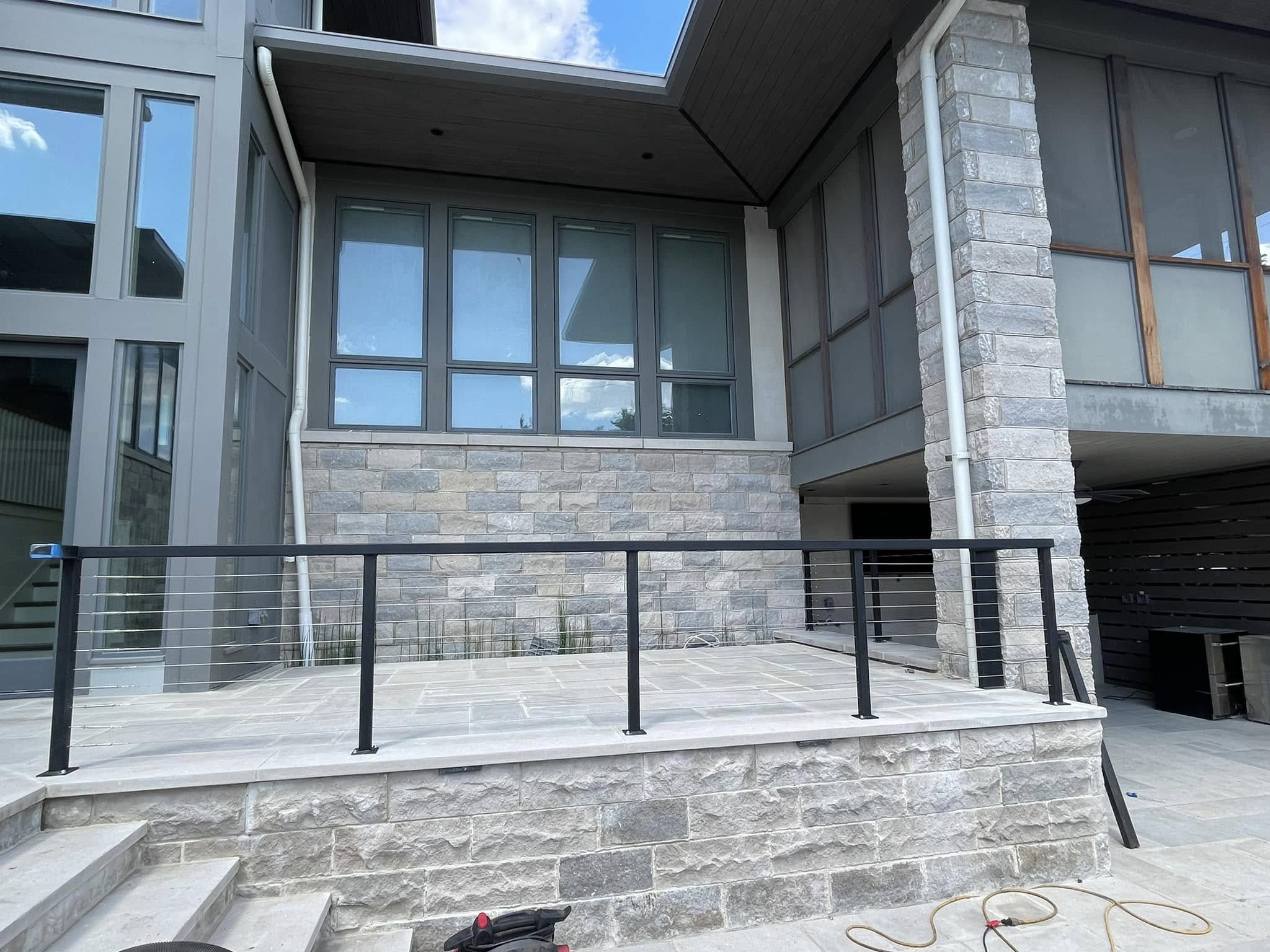
Mastering the Art of Metal Fabrication: Tips from H4 Welding Inc. Sep 09, 2025
Metal fabrication is a broad process that involves cutting, bending, and assembling metal components into structures or products. Whether you're a beginner or an experienced welder, understanding these fundamentals is crucial. Cutting is the first step in metal fabrication. It can be achieved using a variety of techniques such as shearing, sawing, or even advanced methods like laser cutting. Each technique has its own advantages depending on the type and thickness of the metal being used.
Once the metal has been cut to the desired size, the next step is bending, which requires precision and technique. Using a press brake is a common method to achieve accurate bends in metal. Ensuring that the tools are in proper alignment will make a significant difference in achieving a clean and precise bend. Bending requires not just skill, but also a good understanding of the metal’s properties to avoid cracks or other deformities.
After cutting and bending, assembling the components is essential to metal fabrication. Welding plays a pivotal role in this stage, ensuring that each piece is securely joined to form a sturdy final product. There are various welding techniques available, such as MIG, TIG, and spot welding, each serving different purposes. Selecting the right welding technique is key to the strength and integrity of the metal structure. For intricate work, TIG welding is often preferred for its precision, whereas MIG welding can be ideal for larger projects that require sturdy joints.
A crucial yet often overlooked aspect of successful metal fabrication is proper planning and design. At H4 Welding Inc., we can't emphasize enough the importance of creating a detailed blueprint before starting any project. This not only saves time and resources but also helps avoid costly mistakes. After planning, conducting a dry run can help identify potential issues that may arise during the actual execution.
Another important factor is selecting the right type of metal for your fabrication project. Different metals have distinct characteristics and choosing the appropriate one can affect everything from weight to corrosion resistance to the overall durability of the finished product. Stainless steel, for example, is excellent for projects requiring corrosion resistance, while aluminum is preferred for its lightweight yet robust properties.
Safety cannot be stressed enough in the world of metal fabrication. Working with metal involves potential hazards, and having the right gear, such as gloves, safety glasses, and aprons, is non-negotiable. Proper ventilation and maintaining an organized workspace not only enhance safety but also the quality of the work being produced.
Lastly, continuous learning and skill development are vital in staying ahead in metal fabrication. The industry is always evolving with new technologies and techniques. At H4 Welding Inc., we encourage welders and fabricators to continually expand their knowledge through workshops, training sessions, and certifications.
In conclusion, while metal fabrication is a complex and demanding field, with the right guidance and techniques, it can also be immensely rewarding. At H4 Welding Inc., we are dedicated to supporting our clients and the broader welding community in mastering metal fabrication. By focusing on planning, precision, and safety, you can produce metal works that are not only functional but also masterpieces of art.
/filters:no_upscale()/media/ef790c15-aa78-47da-aeb8-47019c03b2c2.jpg)
/filters:no_upscale()/filters:format(webp)/media/612ecb69-0876-4ea7-bd01-721aa0cae525.jpg)